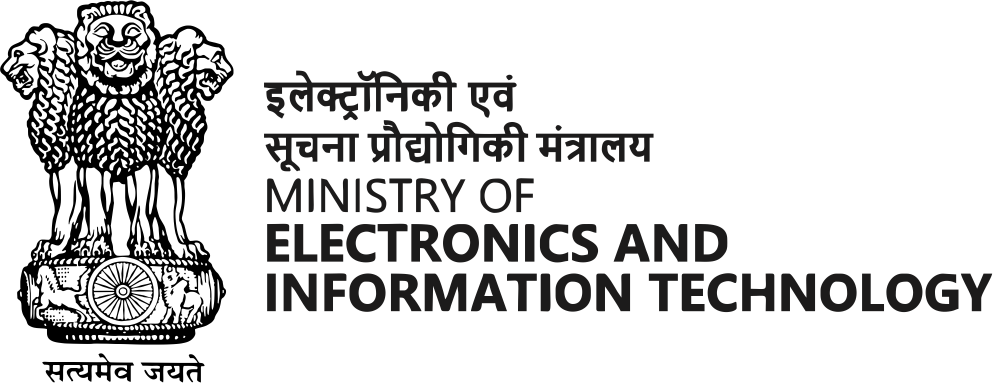Advantages of Cyber Laws in India
The Information Technology (IT) Act of 2000 was a crucial step towards addressing the challenges posed by emerging technologies, especially in the field of e-commerce and cybercrimes. As digital transactions and online communications grew exponentially, there was a need for a legal framework that could protect users and businesses from cyber threats and provide legal legitimacy to electronic records. Below are the key advantages of cyber laws in India under the IT Act 2000 and its subsequent amendments:
- Legal Framework for Electronic Transactions
The IT Act 2000 provides a solid legal structure that validates electronic records and electronic signatures, ensuring that these forms of communication hold the same weight as traditional paper-based documents. This framework encourages businesses and consumers to confidently engage in online transactions, such as purchases made through credit cards or other digital payment methods, without fear of misuse or fraud.
- Encouragement of E-Commerce Growth
With the advent of the internet, the ability to conduct business electronically became essential. The IT Act 2000 facilitated the growth of e-commerce in India by making email and digital communication legally valid forms of communication. This development made it easier for businesses to engage in online dealings, and ensured that electronic contracts, agreements, and transactions were enforceable in a court of law.
- Digitization of Official Documents
One of the key provisions of the IT Act 2000 is the authorization for government departments to accept, file, create, and retain official documents in digital format. This move toward digital documentation helped streamline administrative processes and improved the overall efficiency of public sector operations. It also reduced the dependency on paper-based records, which are more vulnerable to damage and loss.
- Cybercrime and Fraud Prevention
As the internet became a hub for cybercrimes, the IT Act sought to empower law enforcement agencies with the tools to address issues such as hacking, identity theft, and cyber fraud. The Act laid down specific provisions to handle these crimes, offering a legal framework to punish offenders and protect digital assets, thereby enhancing public trust in online platforms.
- Authentication of Electronic Records
The introduction of digital signatures under the IT Act 2000 provided a secure means of authenticating the origin and integrity of electronic records and communications. This authentication ensures that digital transactions are legitimate, reducing the potential for fraud and unauthorized alterations.
- Legitimacy for Online Communication
The legal recognition of email as a valid form of communication under the IT Act was a landmark development for businesses and individuals. It made emails legally binding and enforceable in courts of law, significantly improving the efficiency of business transactions and legal processes that rely on electronic communication.
- Global Alignment with International Standards
The IT Act 2000 aimed to align Indian laws with international standards on technology and cybercrime. This alignment helped build trust among foreign investors and facilitated smoother cross-border transactions in e-commerce. India's legal framework for digital transactions and cybercrimes became more standardized, reflecting global trends in the growing digital economy.
- Need for Amendments – IT Amendment Act 2008
While the IT Act 2000 was a significant step forward, it faced criticism for being either too stringent or too lenient, with certain provisions needing refinement. As a result, in 2008, the IT Amendment Act was passed to address these gaps. It incorporated suggestions from industry bodies and experts, ensuring that the Act evolved with technological advancements and provided a more balanced approach to addressing cybercrimes and ensuring digital security.
- Impact on Law Enforcement and Investigations
The IT Act 2000 empowered law enforcement agencies to investigate cybercrimes more effectively by providing them with the necessary tools and guidelines. However, due to some gaps in the initial Act, investigators often relied on the Indian Penal Code (IPC) in conjunction with the IT Act to address technology-related offenses. The subsequent amendments strengthened the provisions, ensuring that the IT Act became the primary legal instrument for handling cybercrimes.
Conclusion
The IT Act, along with its subsequent amendments, has played a crucial role in fostering the growth of e-commerce, protecting digital transactions, and enhancing cybersecurity in India. These laws have provided businesses, government agencies, and consumers with the tools and confidence to navigate the digital world safely and securely.



